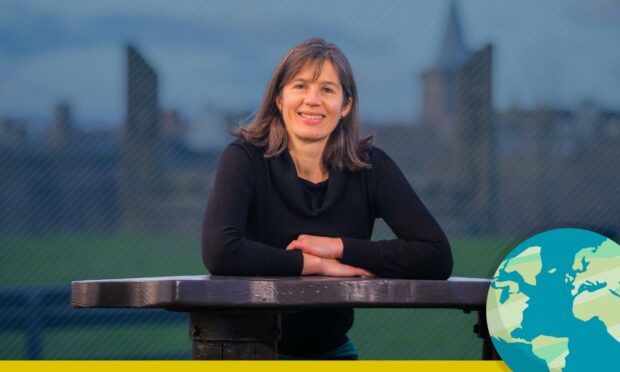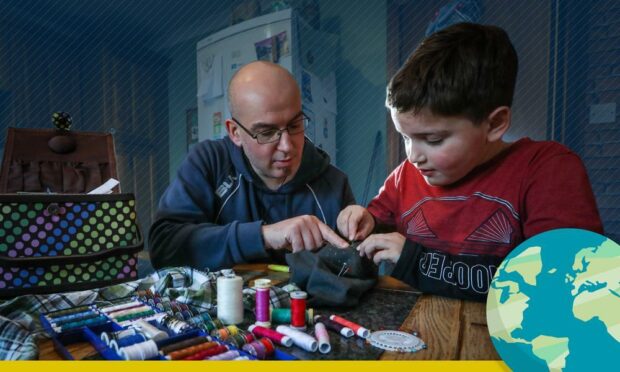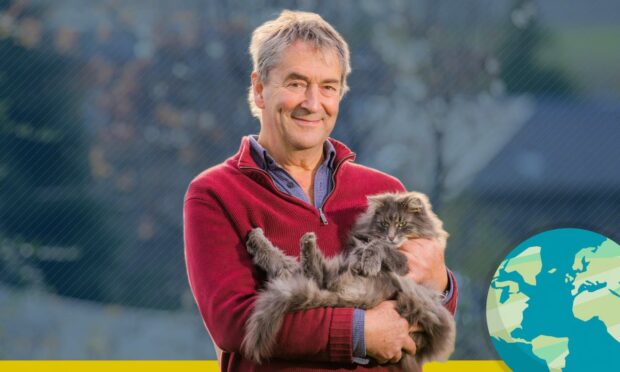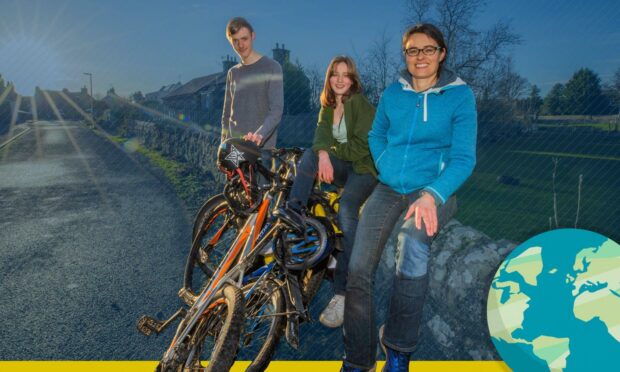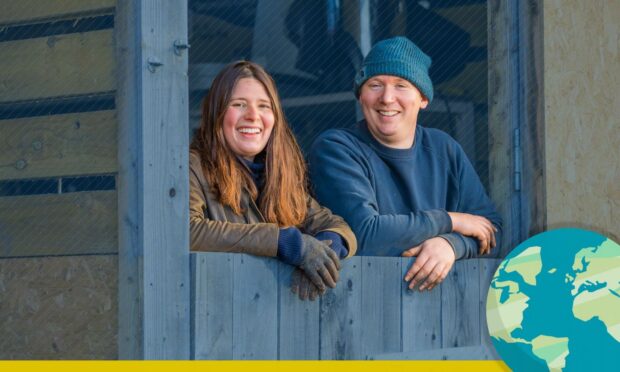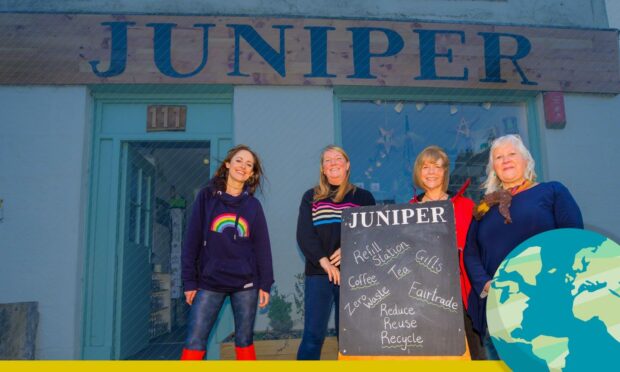Carbon positive cattle?
It’s a bold claim when farming and beef production have been widely seen as one of the carbon baddies in the wider climate change debate.
Many will be quick to point out that one of the most straightforward ways to reduce your carbon footprint is stop eating meat – or at least reduce your intake.
But when it comes to eating beef and the planet, does it matter how the cows were kept and reared?
Highland Perthshire farmer Andrew Barbour thinks so.
Andrew works in the family farming and forestry business in Highland Perthshire.
He oversees a cattle and sheep business on land that sits more than 1000ft above sea level, meaning trees are both a vital form of shelter as well as a form of climate mitigation.
Watch Andrew at work in Perthshire
Check out the video above to learn more about some of the other green methods Andrew uses on the farm.
Andrew explains: “Our beef is carbon positive at the business level using the current methodologies and that’s because of the number of trees we grow on the place here.”
He said the work started while replacing windblown trees.
“We knew we had to replace them in a certain kind of way, which would allow animals to graze through them.
“At the time, we were really thinking about shelter. But today one of the real values is the carbon balance. It brings more sequestration of carbon onto the farm. That helps our carbon footprint enormously.”
But many will still struggle to accept the notion of carbon positive cattle.
The UN points out methane is a powerful greenhouse gas. It has a 100-year global warming potential 28-34 times that of carbon dioxide.
Measured over a 20-year period, that ratio grows to 84-86 times.
Scientists believe cattle are responsible for around 40% of world methane emissions.
But the Scottish farming industry says it’s a mistake to conflate world beef production with grass-based, more local methods of farming.
But can you rear a ‘carbon positive’ cow?
So do Andrew’s claims stack up?
I got in contact with John Newbold, professor of dairy nutrition at Scotland’s Rural College (SRUC).
He is highly involved with the university’s climate change research. He also works with colleagues who advise the Scottish Government on greener farming.
Professor Newbold said: “Carbon sequestration through managed woodlands and careful soil management are two methods that can successfully offset the production of carbon dioxide.
“Every farm is different. They will each have different opportunities and need different strategies.
“But, in principle, it is feasible that by adopting these methods a farm could go a long way to becoming carbon positive.
“It would require careful monitoring but there are a variety of tools available to farmers looking to reduce their environmental impact.
“It is a challenge to overarching narrative that farming could be carbon positive. However, it’s important to look at different farming systems rather than looking at the industry as a whole.
“It’s encouraging to see any business looking to minimise the environmental impact of farming.”
